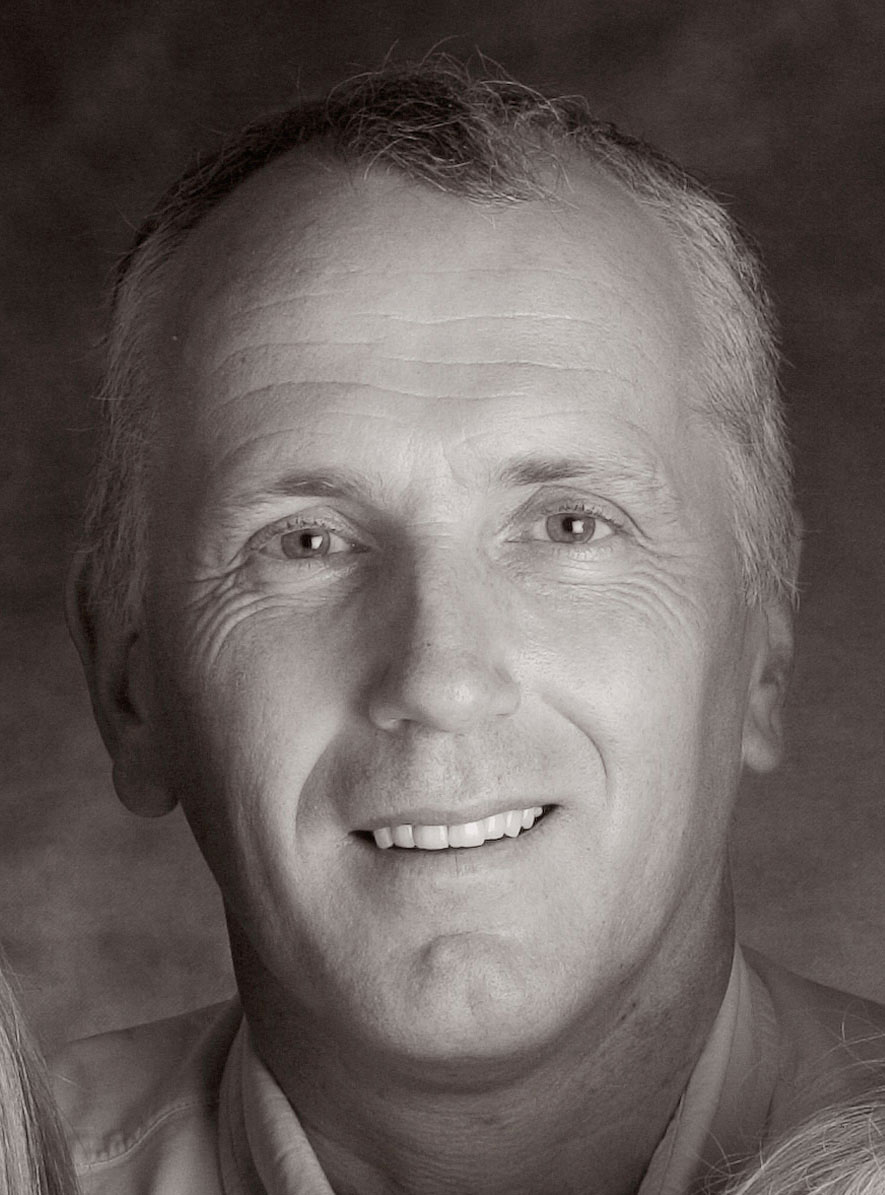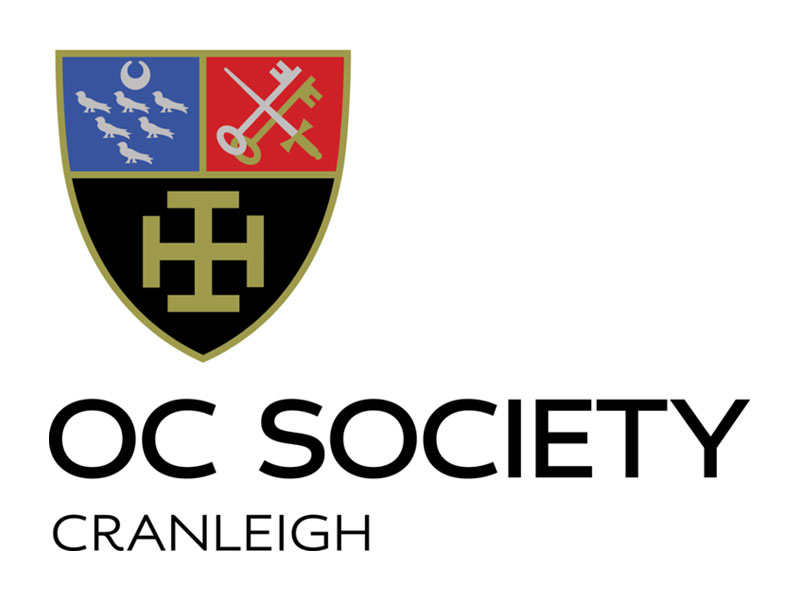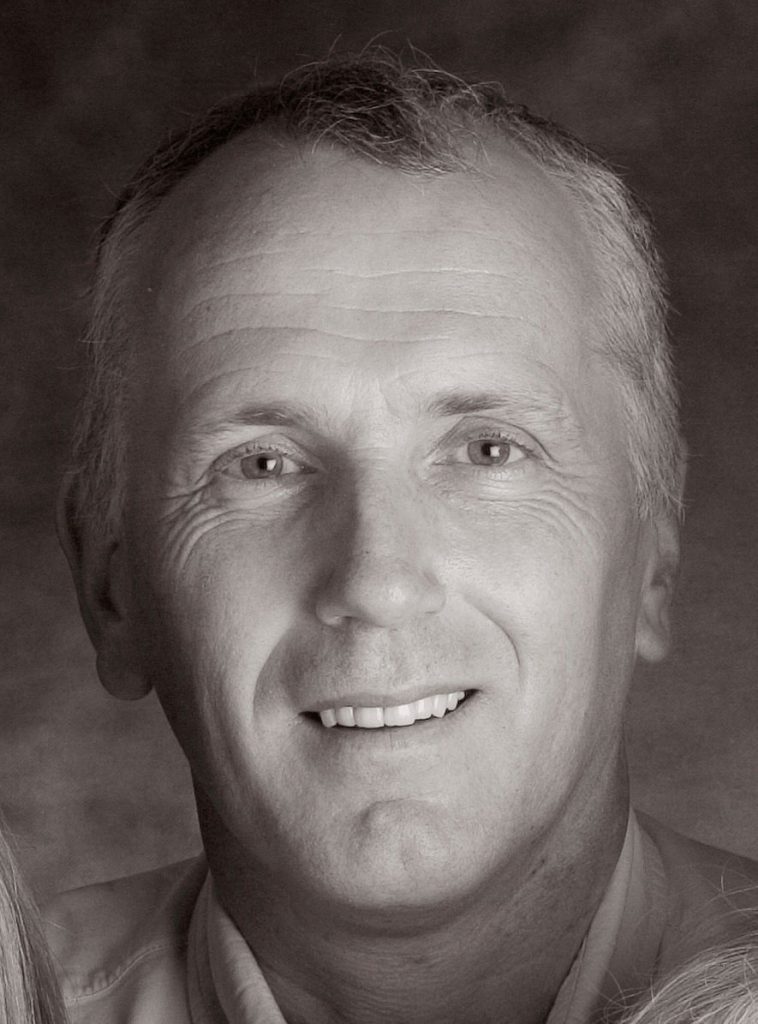 Mike Payne interviews Martin Williamson (2&3 South 1980), who replaced Nick Meyer as chairman of the Old Cranleighan Society in January.
Mike Payne interviews Martin Williamson (2&3 South 1980), who replaced Nick Meyer as chairman of the Old Cranleighan Society in January.
What do you see as the main challenges of your new post as Chairman of the OC Society?
We need to work hard to ensure that we look after all Old Cranleighans. In the past there has been criticism that we have been overly centred on sporting activities but we have started to work hard in addressing this. Initiatives such as the Roberts Lecture, the Art Exhibition and the Mentoring Programme have widened the remit of what the Society does but we have a long way to go. I am also conscious we have been slow to acknowledge that a third of new Old Cranleighans for at least a decade have been female and making the OC Society relevant to them is vital.
How do you view what the Society has to offer to you as an Old Cranleighan?
We are all Old Cranleighans and would be even if the Society disappeared tomorrow. The friendships and contacts made while at Cranleigh often last a lifetime and that will happen anyway. What the Society has to do simple. It has to help bring people together, to facilitate reunions for example, to help members, especially recent leavers, by utilising the extensive OC network, and to communicate with its members and keep people informed as to what Old Cranleighans are doing and also up to speed with the ever-changing School.
How would you like to see the Society adapt more to the needs of younger OCs? Have you ideas for more initiatives like the Mentoring scheme, or for greater use of Thames Ditton?
I don’t think the Society needs to adapt so much as to widen the scope of what it does. The Mentoring Programme is vital to helping young OCs as they embark on their careers and this is something we will continue to invest in. But before a load of old men decide what recent leavers want we have to actually ask them, something we have never done. To that end we will be canvassing people with a series of surveys, some for all OCs some targeted at specific groups, asking what they want out of the Society. Thames Ditton is what it is – a sports club. It’s a vital part of what we are but should not be seen, as has sometimes been the case, as all we are. We will continue to support it and hopefully introduce each generation to its charms so they will get as much pleasure out of it as so many have.
How would you like to see the Society working best with the School and the Foundation? And with the new Cranleigh Abu Dhabi?
I am delighted that relationships with the School are as good as they have been in years and we will work hard to maintain those for Guy’s last year and then under Martin Reader. For example, the new website and emailing system was built by the School’s excellent IT department. The Foundation has been rather directionless for some time but it now has an new head who is an OC, Jim Turley (2 North, 1985), and we have started meetings with them as to how we can work together as we are fully supportive of all its aims. Abu Dhabi is in its early stages and we still have time on our side before having to make any decisions, but personally I would like to regard them as part of the Cranleigh family as well. How that works in practice is another matter.
How will the Society stay relevant in a changing world?
This is an important question as if we become irrelevant then we cease having any reason to exist. We are constantly looking at new initiatives and hopefully the surveys will give us more ideas as to what is wanted. For now, we are expanding the website and looking at developing social media and we have started a review of how we communicate with members. We are also looking at publications; it’s clear that world is changing and so perhaps Contact will become a emagazine sooner rather than later? I would hope the Old Cranleighan will remain in print format for many years to come and we are likely to be giving that an overhaul this year as well.
As something of a historian of the OCs, what plans have you for further research and for the Archives?
The archives are like painting the Forth Bridge so the priority is to continue the outstanding work done on them for three decades by Suzanne Mann. We have a programme underway of digitising the fragile old records as well the entire run of the Cranleighan magazine. The latter occupies about a third of the archive storage area and once digitised we will have a lot more space. I would like that to be used to store OC-related archives from clubs and societies as these are scattered in various places and as a result tend to disappear.

